Home>Furniture & Design>Interior Design Trends>How To Seal Gap Between Sliding Glass Doors
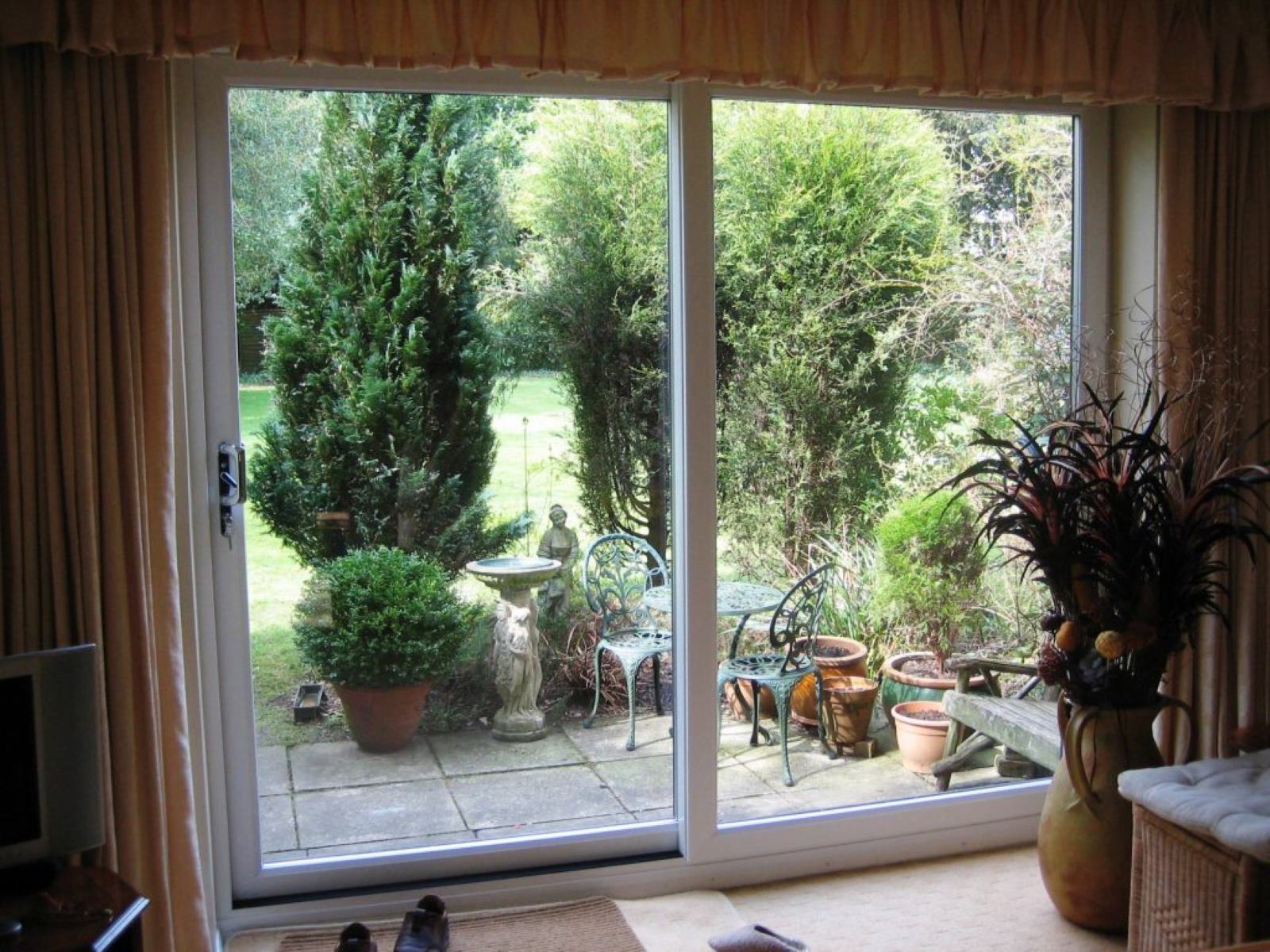

Interior Design Trends
How To Seal Gap Between Sliding Glass Doors
Modified: February 18, 2024
Learn how to seal the gap between sliding glass doors to improve energy efficiency and enhance interior design trends. Find tips and solutions for a more stylish and functional space.
(Many of the links in this article redirect to a specific reviewed product. Your purchase of these products through affiliate links helps to generate commission for Storables.com, at no extra cost. Learn more)
Introduction
When it comes to creating a comfortable and energy-efficient living space, ensuring that sliding glass doors are properly sealed is crucial. A well-sealed sliding glass door not only enhances the aesthetic appeal of a room but also plays a significant role in maintaining indoor temperature and reducing energy costs. However, over time, the sealant between the glass doors may deteriorate, leading to gaps that compromise insulation and allow drafts to enter the home. Fortunately, addressing this issue is a manageable task that can be accomplished with the right tools and techniques.
In this comprehensive guide, we will delve into the process of sealing the gap between sliding glass doors, providing step-by-step instructions and valuable insights to help you achieve a successful outcome. From understanding the problem to selecting the appropriate sealant and executing the application process, we will cover every aspect of this essential home maintenance task. By following these guidelines, you can restore the functionality and visual appeal of your sliding glass doors while improving the overall energy efficiency of your home.
Whether you are a seasoned DIY enthusiast or a homeowner looking to tackle this project for the first time, this guide is designed to equip you with the knowledge and confidence needed to seal the gap between sliding glass doors effectively. By taking the time to address this common issue, you can create a more comfortable and sustainable living environment for you and your family. So, let's embark on this journey to enhance the functionality and aesthetics of your sliding glass doors while contributing to a more energy-efficient home.
Key Takeaways:
- Keep sliding glass doors well-sealed to maintain indoor temperature, reduce energy costs, and prevent air and moisture infiltration. Choose a durable, weather-resistant sealant and maintain it regularly for long-term effectiveness.
- Properly prepare the surface and apply sealant with precision to effectively seal the gaps between sliding glass doors. Regular maintenance ensures the sealant’s integrity, contributing to a sustainable and energy-efficient home.
Read more: How To Seal Sliding Glass Door
Understanding the Problem
The first step in addressing the issue of a gap between sliding glass doors is to gain a comprehensive understanding of the underlying problem. Over time, the sealant that is originally applied between the glass doors may degrade due to exposure to external elements, temperature changes, and general wear and tear. As a result, the once-effective sealant may lose its elasticity, shrink, or crack, leading to the formation of gaps between the doors.
These gaps can have several adverse effects on the functionality and comfort of a home. One of the most noticeable consequences is the potential for air and moisture infiltration. When gaps exist between sliding glass doors, they can allow drafts to enter the home, leading to temperature imbalances and reduced energy efficiency. Additionally, these gaps can permit moisture to seep into the interior spaces, potentially causing water damage and compromising the structural integrity of the surrounding areas.
Furthermore, the presence of gaps in sliding glass doors can contribute to increased noise transmission, as the barriers that once effectively blocked outdoor sounds are no longer intact. This can be particularly problematic for homeowners seeking a peaceful and quiet indoor environment.
From a visual standpoint, the presence of gaps between sliding glass doors can detract from the overall aesthetic appeal of a room. The clean lines and seamless appearance that these doors are intended to provide may be compromised, impacting the visual harmony of the space.
Understanding the implications of a compromised sealant between sliding glass doors underscores the importance of addressing this issue promptly and effectively. By recognizing the potential consequences of the problem, homeowners can appreciate the significance of restoring the integrity of the sealant and taking proactive measures to mitigate its effects.
In the following sections, we will explore the steps involved in selecting the right sealant, preparing the surface, and applying the sealant to effectively address the gaps between sliding glass doors. By gaining a thorough understanding of the problem at hand, homeowners can approach the solution with confidence and achieve a successful outcome.
Choosing the Right Sealant
Selecting the appropriate sealant is a critical aspect of addressing the gaps between sliding glass doors. The chosen sealant should possess specific characteristics that make it well-suited for this application. When evaluating sealants, it is essential to consider factors such as durability, flexibility, weather resistance, and adhesion properties.
One of the most important considerations when choosing a sealant for sliding glass doors is its ability to withstand outdoor elements. Since sliding glass doors are exposed to varying weather conditions, including sunlight, rain, and temperature fluctuations, the sealant must be resilient and weatherproof. Opting for a sealant specifically designed for outdoor use can ensure that it maintains its integrity and effectiveness over time, even when subjected to harsh environmental conditions.
Flexibility is another crucial attribute to look for in a sealant. Given that sliding glass doors are designed to move along a track, the sealant must be able to flex and accommodate the door's movements without cracking or losing its seal. A flexible sealant can adapt to the dynamic nature of sliding glass doors, providing a long-lasting barrier against air and moisture infiltration.
Furthermore, the sealant's adhesion properties play a significant role in its effectiveness. It should adhere well to the materials commonly used in sliding glass door frames, such as metal, vinyl, or wood. A strong bond between the sealant and the door frame is essential for creating a reliable barrier against drafts and moisture.
In addition to these essential characteristics, homeowners may also consider the aesthetic aspects of the sealant. Opting for a sealant that is available in a range of colors can allow for seamless integration with the existing door frame, contributing to a visually cohesive and polished appearance.
When exploring the available options, it is advisable to consult with professionals at hardware stores or seek recommendations from experienced contractors. They can provide valuable insights and guidance on selecting a high-quality sealant that aligns with the specific requirements of sealing sliding glass doors.
By carefully considering these factors and choosing a sealant that offers durability, flexibility, weather resistance, strong adhesion, and aesthetic appeal, homeowners can ensure that they are equipped with a reliable and effective solution for sealing the gaps between sliding glass doors. This thoughtful selection process sets the stage for the successful application of the sealant, ultimately contributing to the restoration of the doors' functionality and the enhancement of the home's energy efficiency and visual appeal.
Use weatherstripping to seal the gap between sliding glass doors. Clean the track, then apply the weatherstripping to create a tight seal and prevent drafts.
Preparing the Surface
Before applying the chosen sealant to the gaps between sliding glass doors, it is essential to prepare the surface thoroughly to ensure optimal adhesion and long-term effectiveness. Proper surface preparation is a critical step that sets the foundation for a successful sealing application.
The first task in preparing the surface involves cleaning the area surrounding the gaps. Any dirt, dust, or debris present in the gaps or on the door frames must be removed to facilitate a clean and smooth application of the sealant. Using a vacuum cleaner or a soft brush, carefully eliminate any loose particles and ensure that the surfaces are free from contaminants that could compromise the sealant's adhesion.
Once the surfaces are clean, it is important to address any existing sealant or caulk that may be present in the gaps. If there is old sealant that has deteriorated or become ineffective, it should be carefully removed using a putty knife or a specialized sealant remover. Thoroughly clearing out the old sealant ensures that the new sealant can make direct contact with the surfaces, promoting a strong and reliable bond.
After removing the old sealant, the gaps and surrounding areas should be inspected for any signs of damage or deterioration. Any cracks, gaps, or structural issues should be addressed before proceeding with the application of the new sealant. If necessary, repairs or reinforcements may be carried out to ensure that the surfaces are in optimal condition for the sealing process.
In addition to cleaning and inspecting the surfaces, it is advisable to consider the environmental conditions during the surface preparation phase. Ideally, the surface preparation should take place in dry conditions, free from moisture or excessive humidity. This ensures that the surfaces are clean and dry, allowing the sealant to adhere effectively and form a durable barrier against air and moisture infiltration.
By meticulously preparing the surfaces surrounding the gaps between sliding glass doors, homeowners can create an ideal foundation for the application of the sealant. This diligent preparation process sets the stage for a seamless and effective sealing application, ultimately contributing to the restoration of the doors' functionality and the enhancement of the home's energy efficiency and visual appeal.
Applying the Sealant
Once the surface preparation is complete, the next crucial step in addressing the gaps between sliding glass doors is the application of the selected sealant. This process requires precision, attention to detail, and a methodical approach to ensure that the sealant effectively fills the gaps and forms a durable barrier against air and moisture infiltration.
To begin the application, it is recommended to use a high-quality caulking gun to dispense the sealant. Prior to loading the sealant into the caulking gun, ensure that the nozzle is compatible with the size of the gaps and allows for controlled dispensing. Cutting the nozzle at a 45-degree angle can facilitate smooth application and precise placement of the sealant.
When applying the sealant, start at one end of the gap and steadily dispense a consistent bead of sealant along the entire length. It is important to maintain a steady hand and apply even pressure on the caulking gun to achieve a uniform seal. As the sealant is dispensed, ensure that it fully fills the gaps and makes direct contact with the surfaces, creating a seamless barrier.
After applying the sealant along the entire length of the gaps, a specialized tool, such as a caulking tool or a putty knife, can be used to smooth and shape the sealant. This step helps to ensure that the sealant adheres firmly to the surfaces and creates a neat, professional finish. By running the tool along the sealant bead, any excess sealant can be removed, and the edges can be shaped for a clean and polished appearance.
It is important to allow the applied sealant to cure according to the manufacturer's instructions. During the curing period, it is advisable to avoid any contact with the sealant to prevent disruptions to the bonding process. Once the sealant has fully cured, it forms a resilient and durable barrier, effectively sealing the gaps and contributing to the restoration of the sliding glass doors' functionality and energy efficiency.
By following these meticulous steps and applying the sealant with precision and care, homeowners can achieve a successful sealing application that enhances the integrity and visual appeal of their sliding glass doors. The application process plays a pivotal role in addressing the gaps and ensuring that the sealant forms a reliable barrier against air and moisture infiltration, ultimately contributing to a more comfortable and energy-efficient living environment.
Read more: How To Seal Gap Between Siding And Concrete
Maintaining the Sealant
Maintaining the sealant between sliding glass doors is essential to ensure its long-term effectiveness and the continued functionality of the doors. Proper maintenance practices can help preserve the integrity of the sealant, prevent deterioration, and extend its lifespan, ultimately contributing to a more sustainable and energy-efficient home environment.
Regular inspection of the sealant is a fundamental aspect of maintenance. Homeowners should periodically examine the sealant for signs of wear, damage, or degradation. This inspection can involve visually assessing the condition of the sealant, checking for cracks, shrinkage, or gaps, and identifying any areas that may require attention. By conducting routine inspections, homeowners can promptly address any issues and prevent potential air and moisture infiltration.
In addition to visual inspections, it is advisable to clean the sealed areas as part of the maintenance routine. Keeping the sealant and the surrounding surfaces clean can help prevent the accumulation of dirt, dust, or debris that could compromise the sealant's effectiveness. Using a mild detergent and a soft cloth, homeowners can gently clean the sealed areas, ensuring that the sealant remains free from contaminants that may impede its performance.
Furthermore, maintaining the sealant involves addressing any minor issues promptly. If small cracks or gaps develop in the sealant over time, homeowners can utilize touch-up applications to reinforce the existing seal. Applying a small amount of compatible sealant to fill in minor imperfections can help maintain the integrity of the seal and prevent the development of larger issues.
As part of the maintenance process, homeowners should also consider the impact of environmental factors on the sealant. Exposure to sunlight, extreme temperatures, and moisture can affect the durability of the sealant over time. Implementing measures to protect the sealant from prolonged exposure to harsh environmental conditions, such as using UV-resistant sealants or applying protective coatings, can help prolong its lifespan and maintain its effectiveness.
Lastly, homeowners should refer to the manufacturer's guidelines and recommendations for specific maintenance practices related to the chosen sealant. Following the manufacturer's instructions for cleaning, touch-up applications, and protective measures can help ensure that the sealant remains in optimal condition and continues to provide reliable insulation and protection for the sliding glass doors.
By incorporating these maintenance practices into their home care routine, homeowners can preserve the integrity of the sealant between sliding glass doors, contribute to energy efficiency, and prolong the lifespan of this essential component of their home. Regular maintenance not only safeguards the functionality of the doors but also supports a comfortable and sustainable living environment for years to come.
Frequently Asked Questions about How To Seal Gap Between Sliding Glass Doors
Was this page helpful?
At Storables.com, we guarantee accurate and reliable information. Our content, validated by Expert Board Contributors, is crafted following stringent Editorial Policies. We're committed to providing you with well-researched, expert-backed insights for all your informational needs.
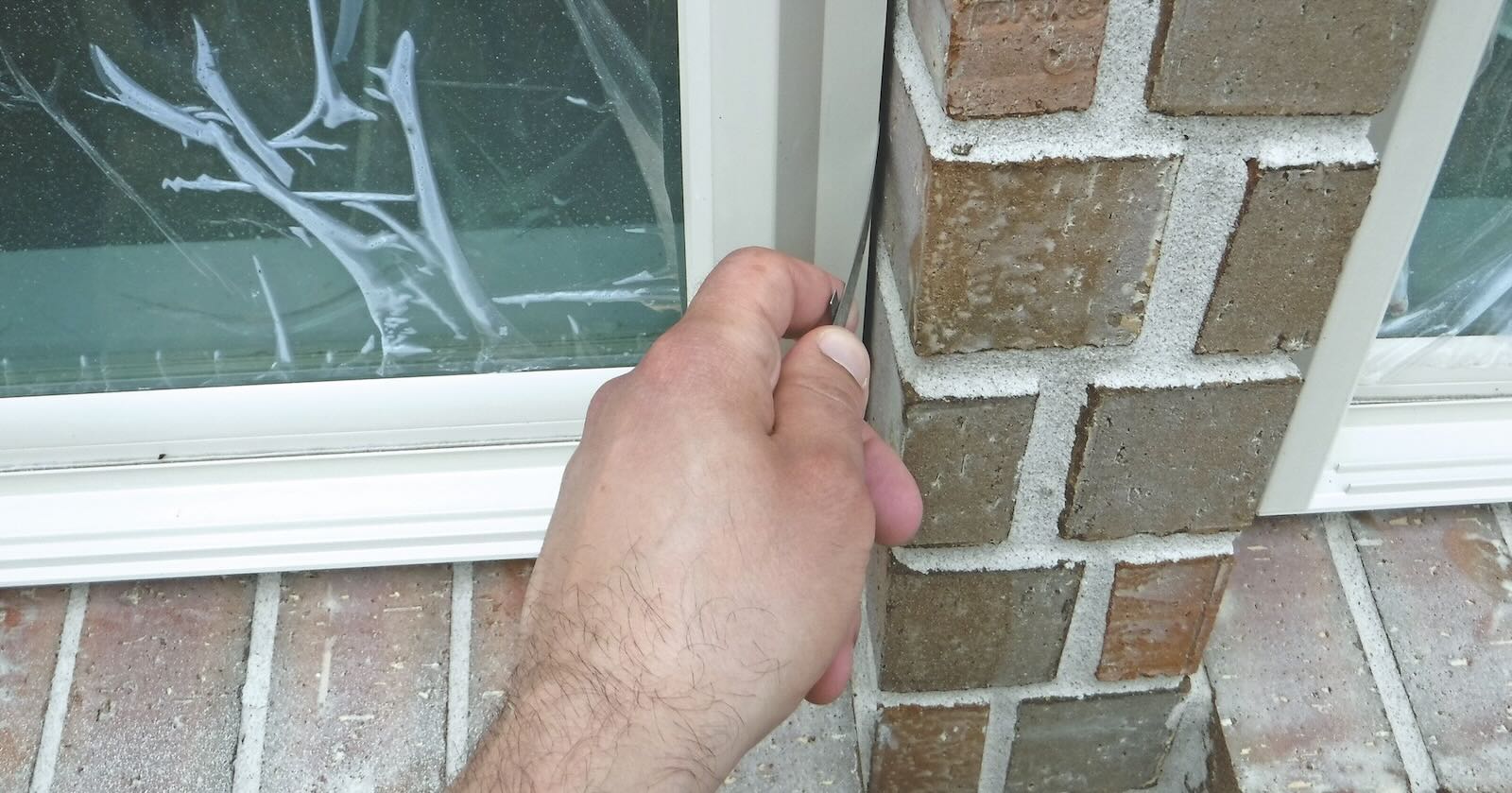
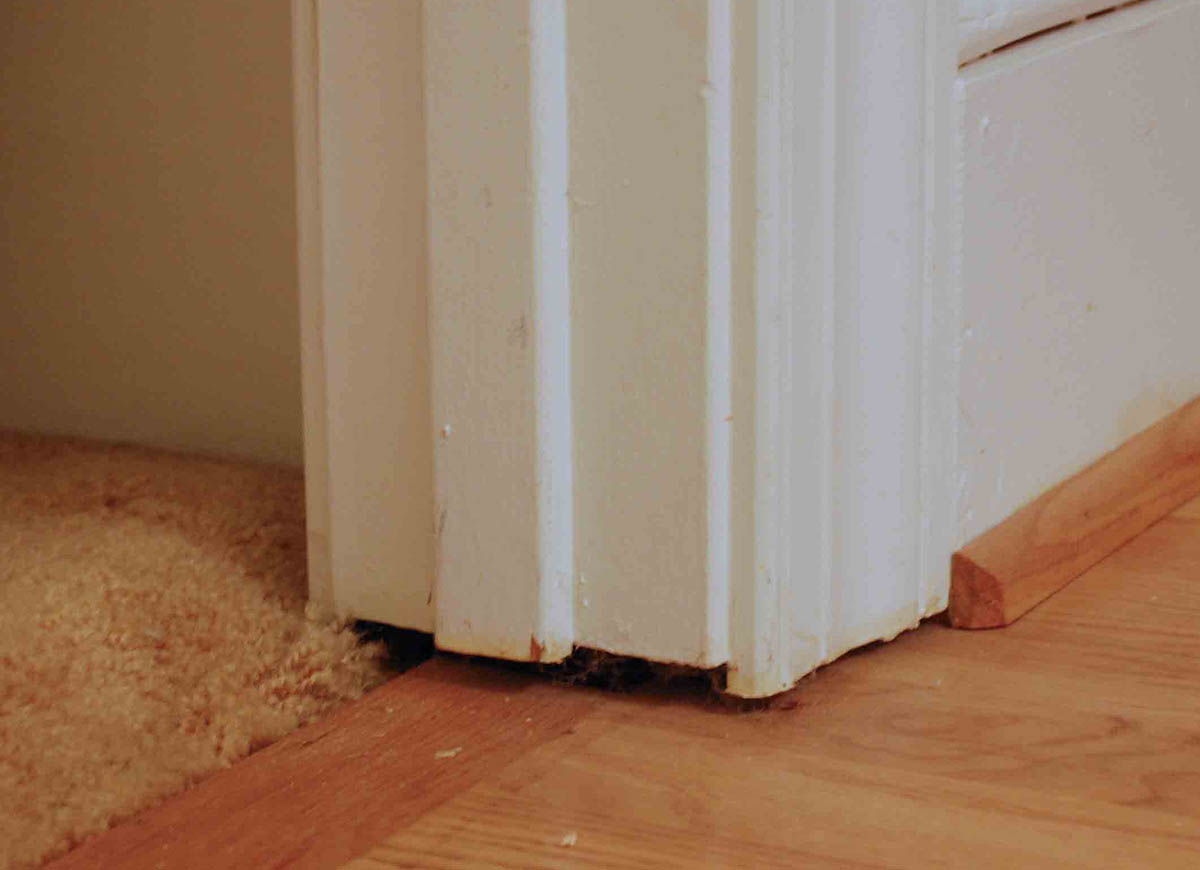

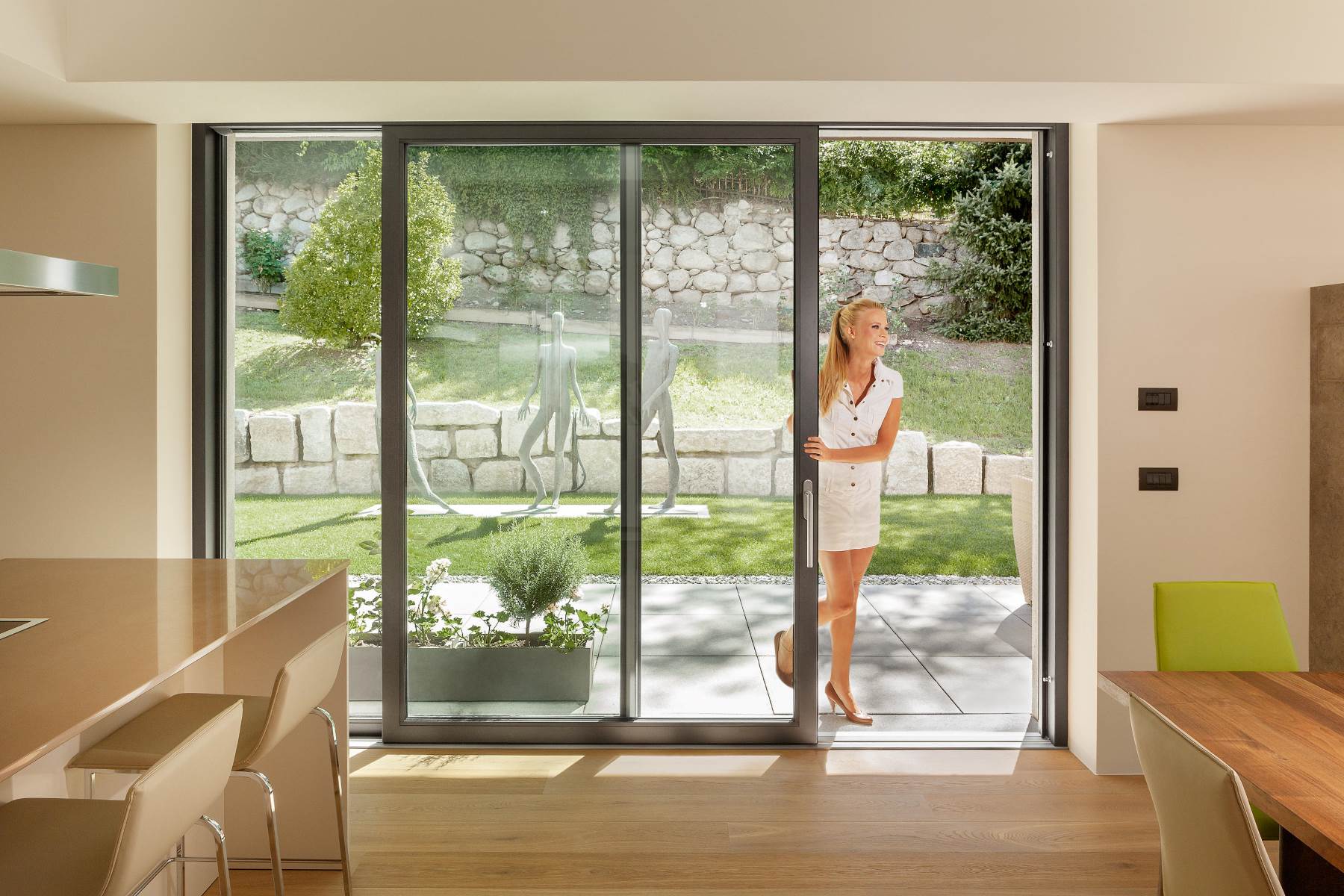
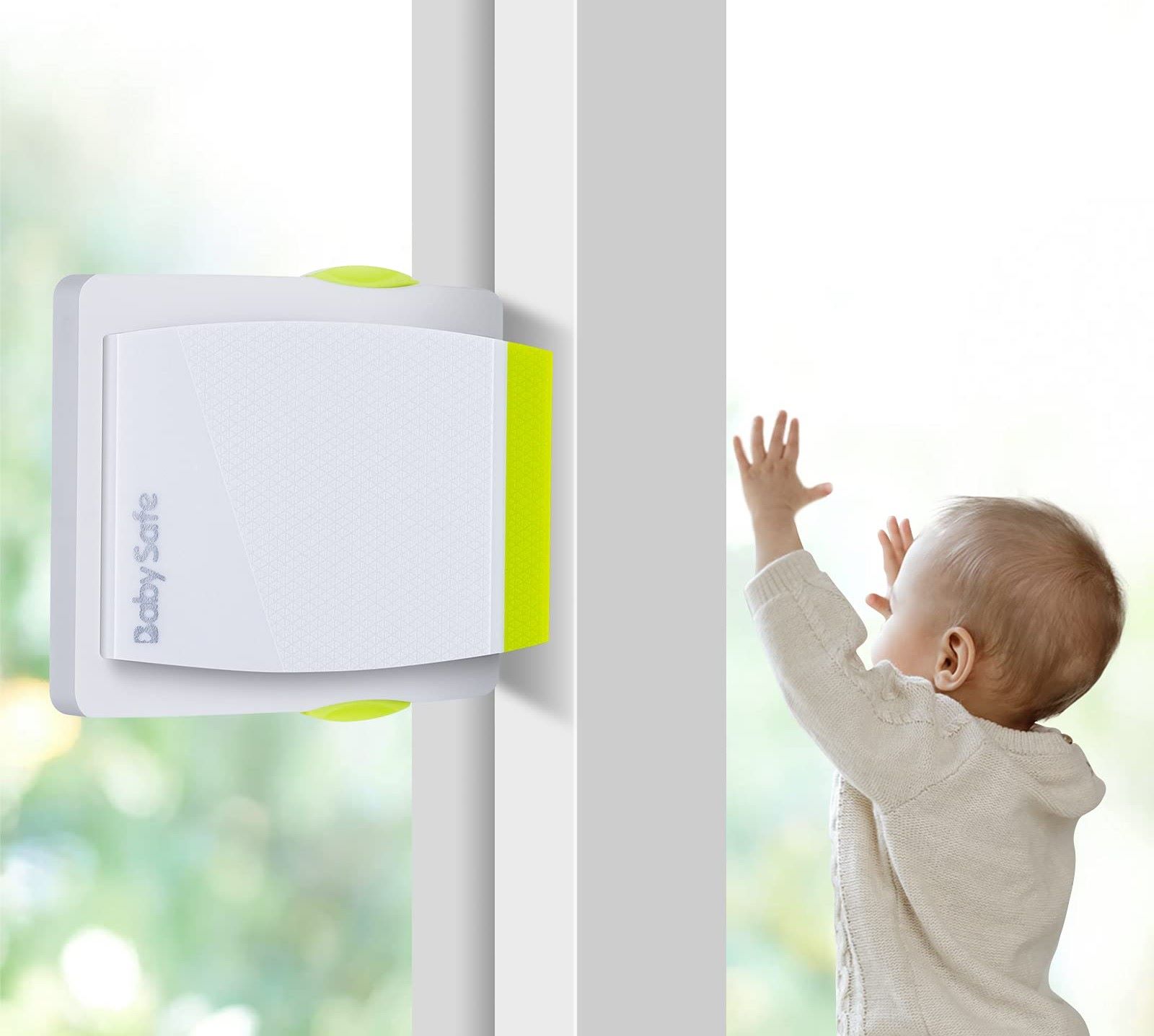
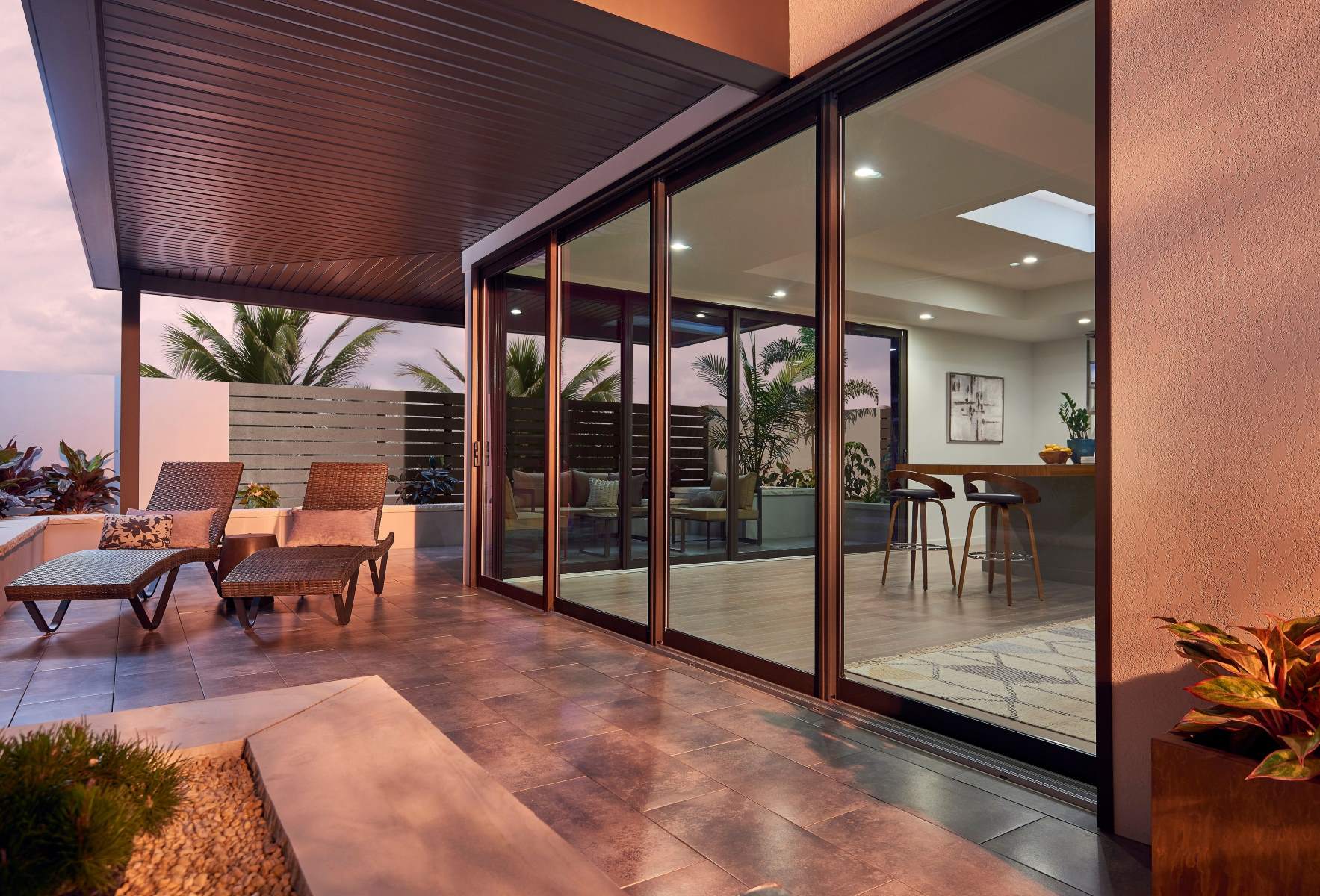
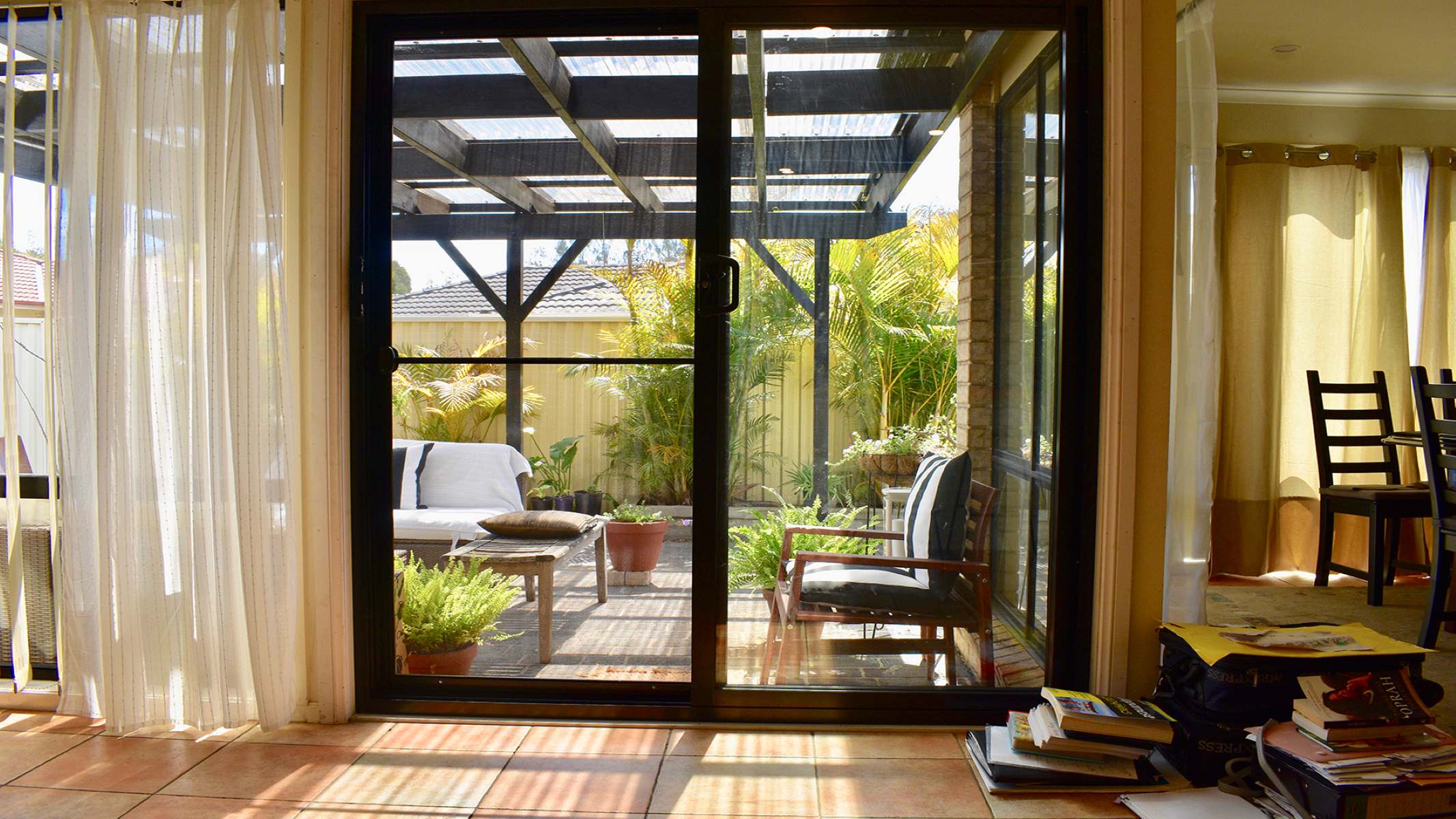
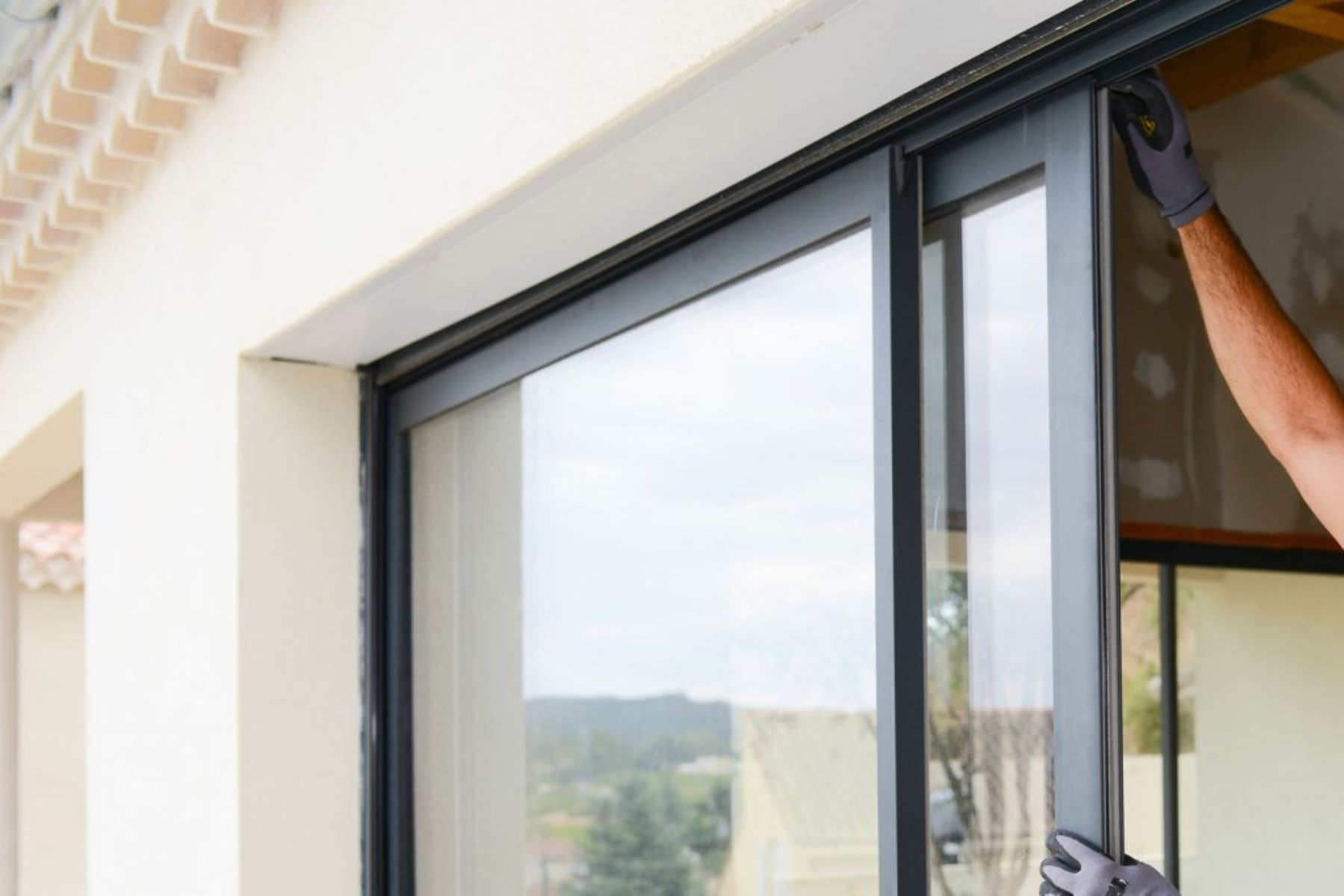
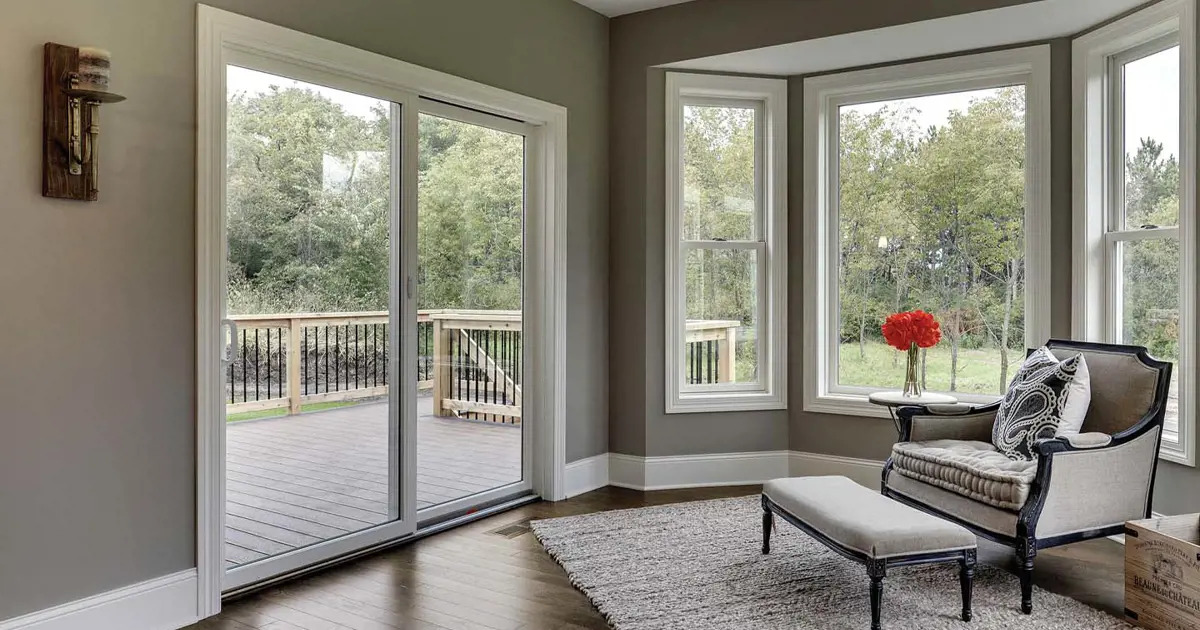

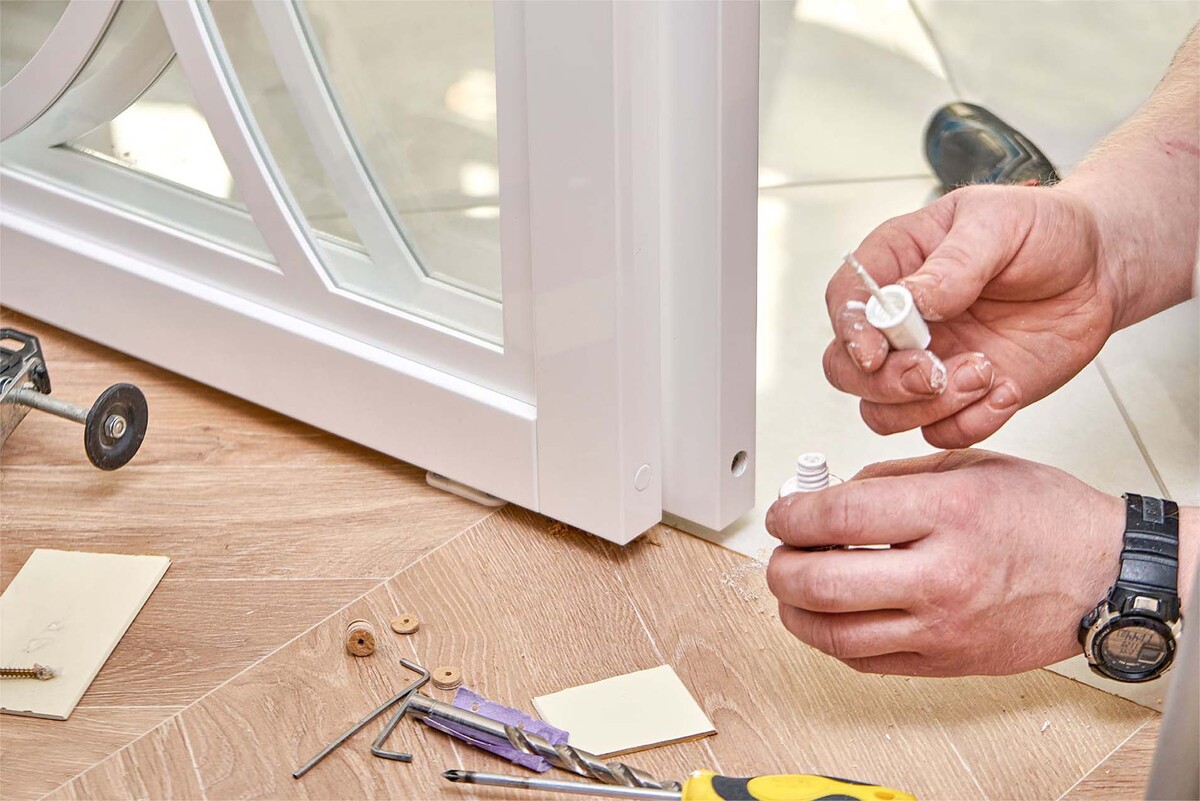
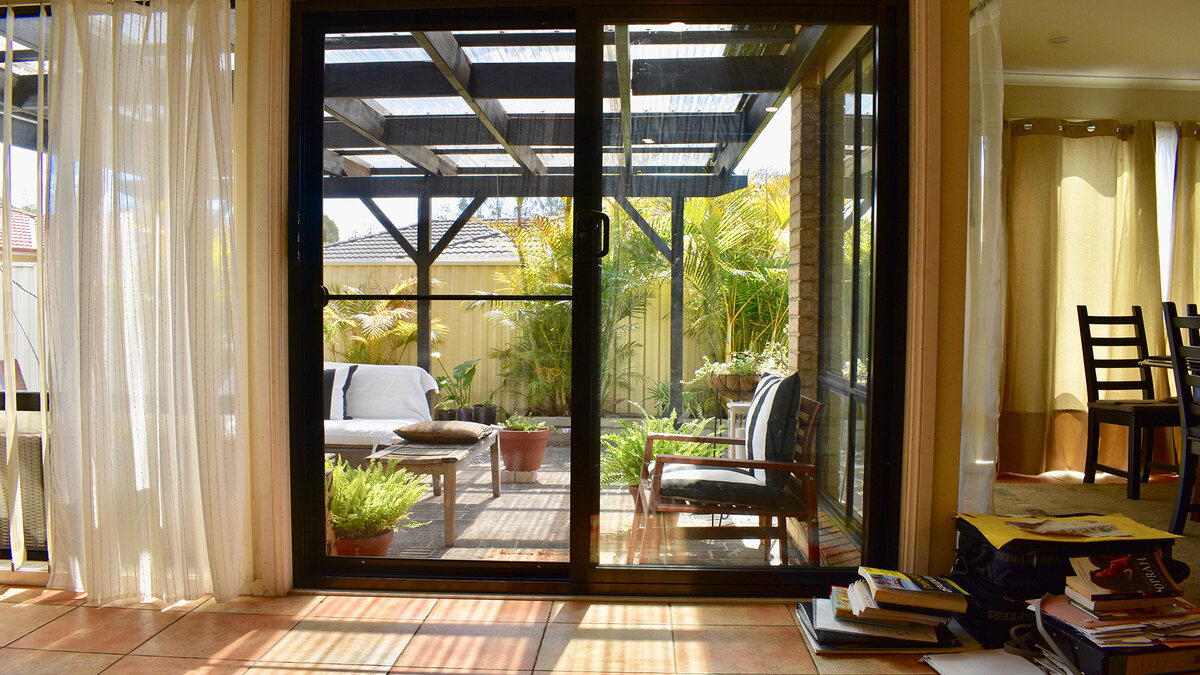
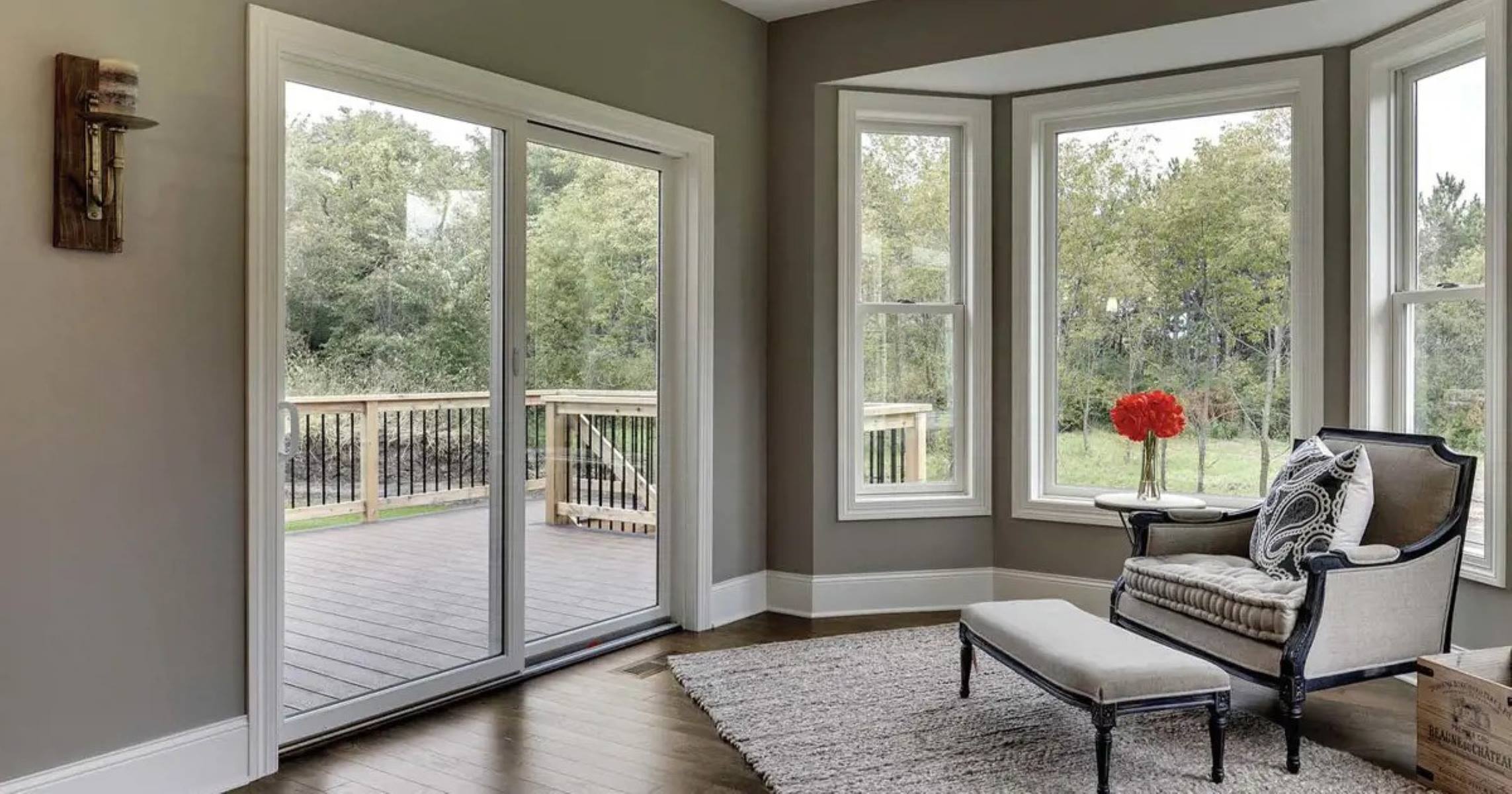
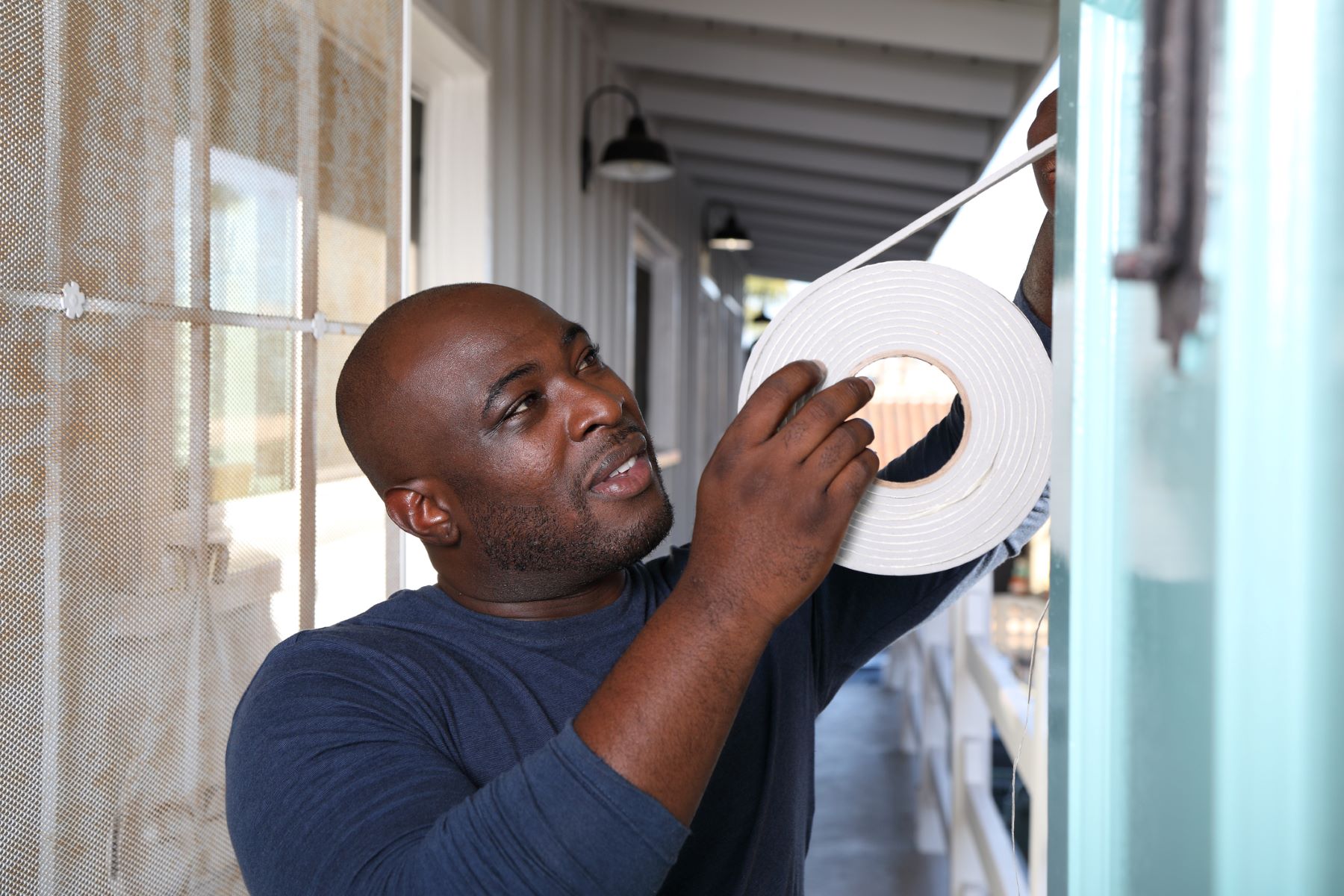

0 thoughts on “How To Seal Gap Between Sliding Glass Doors”